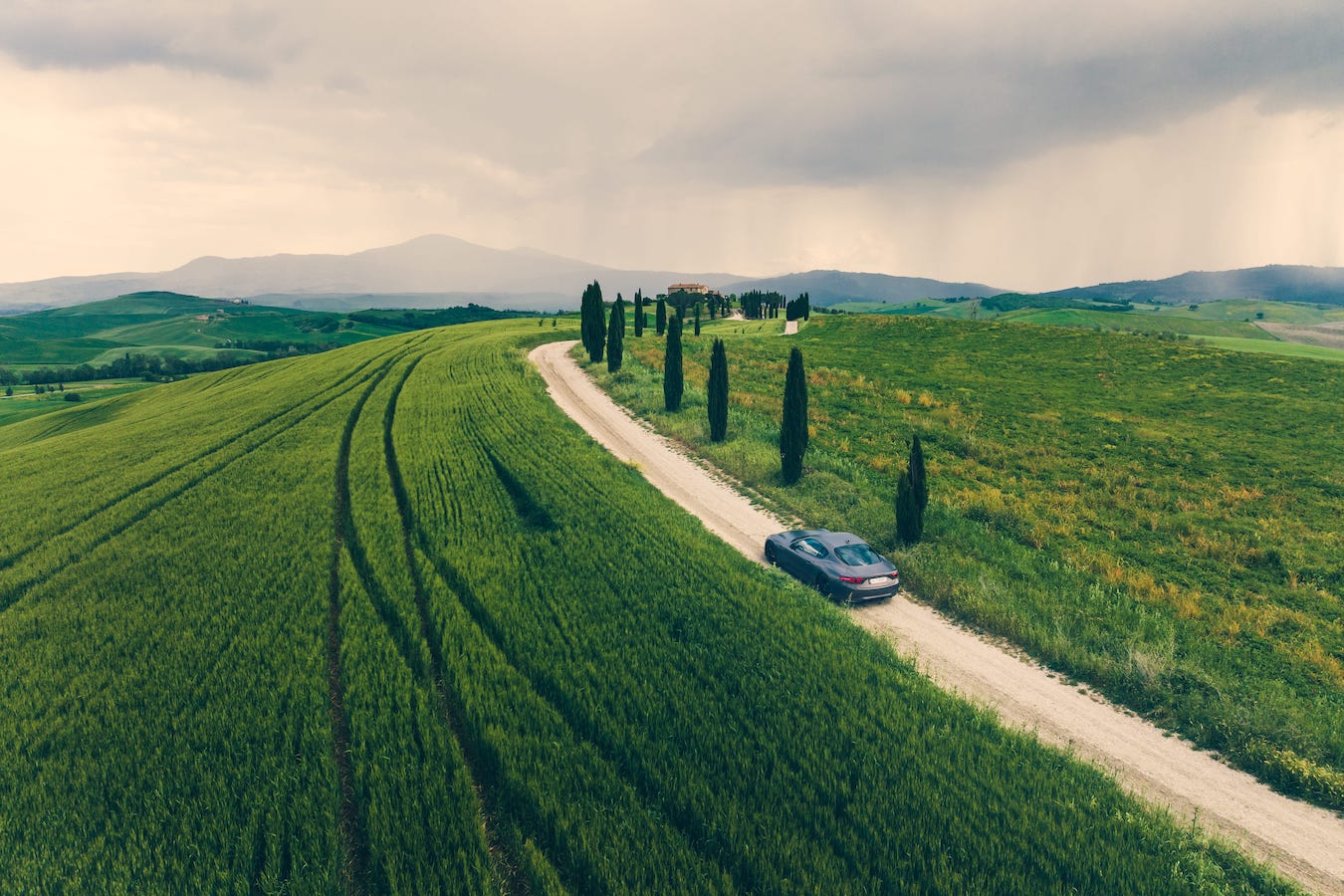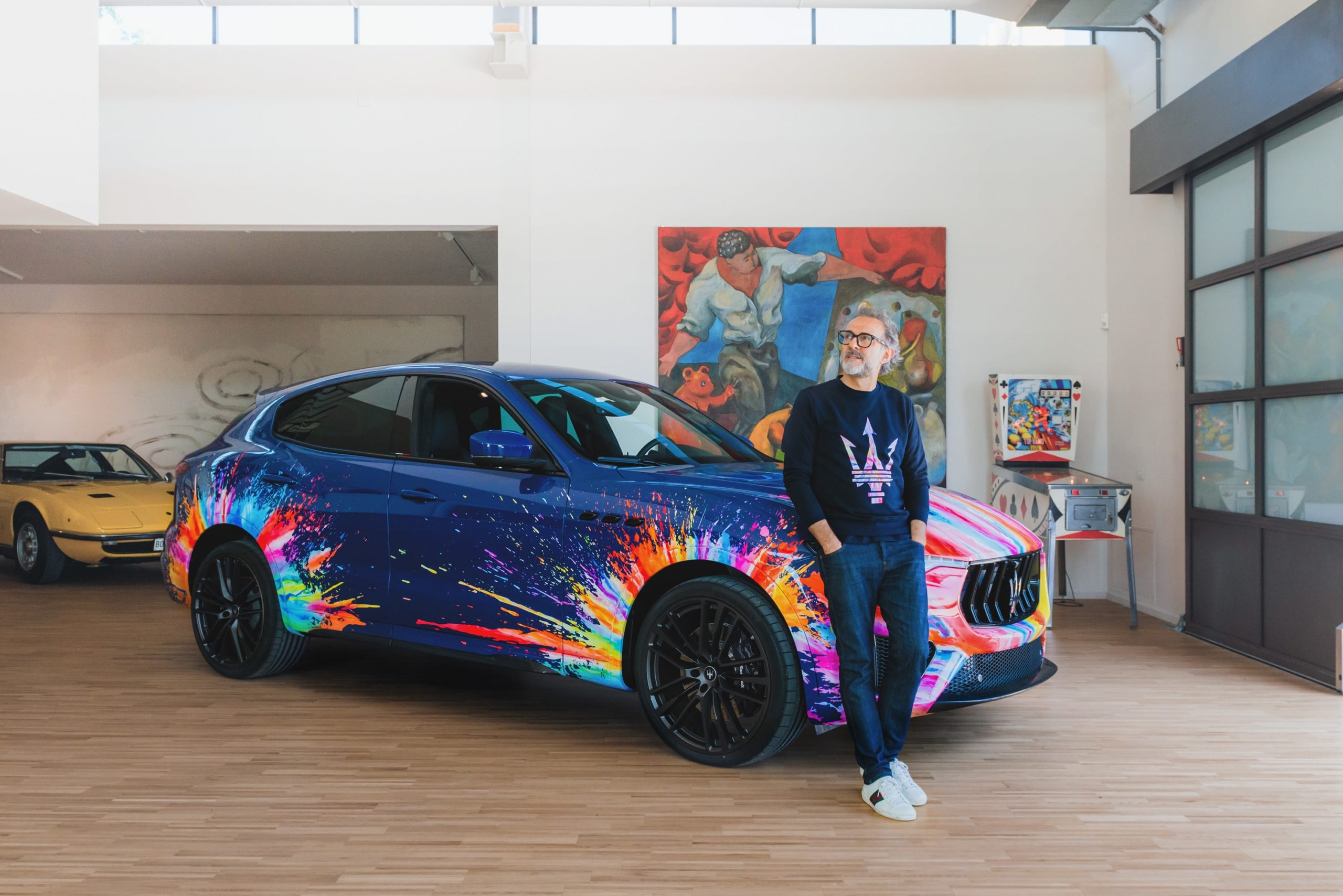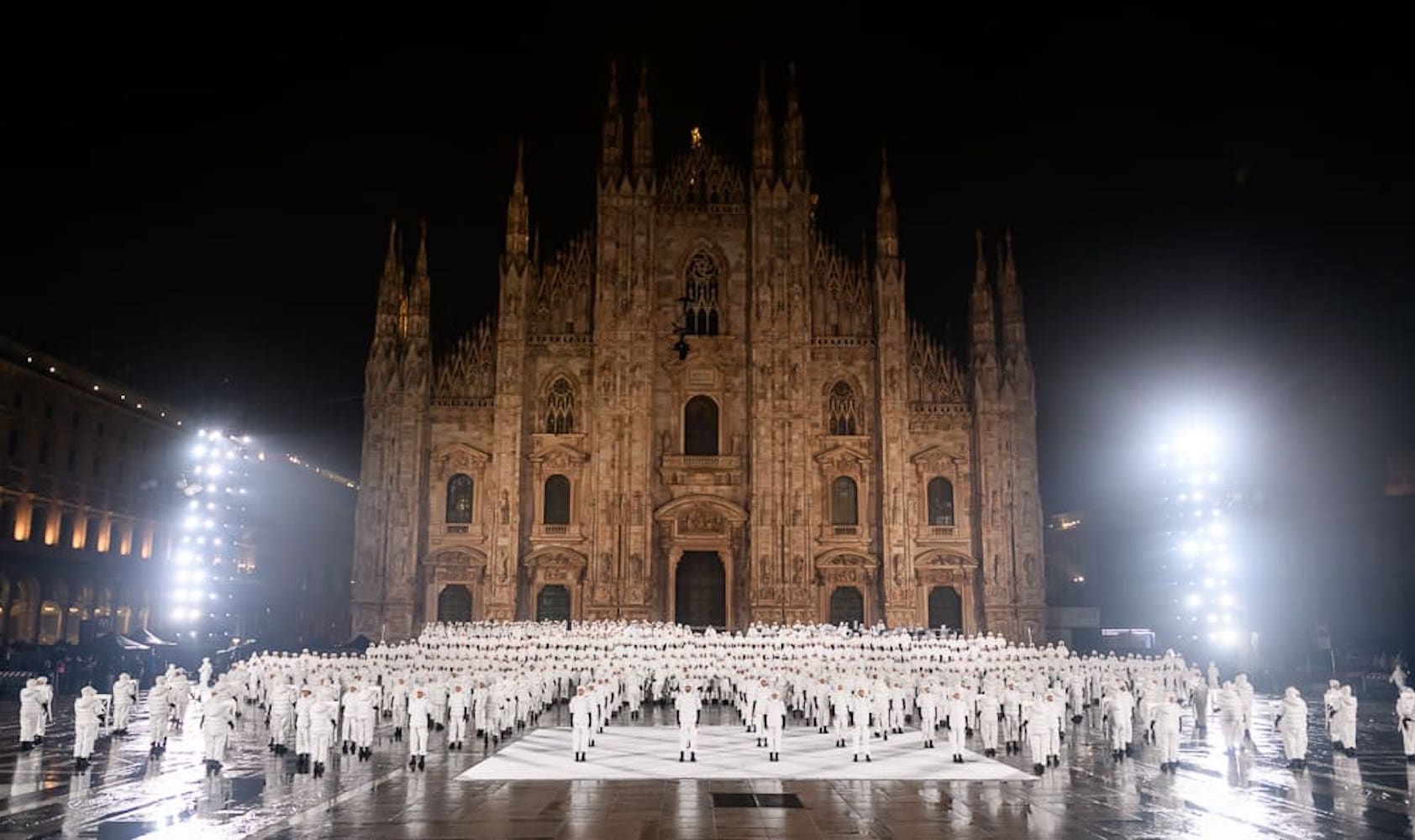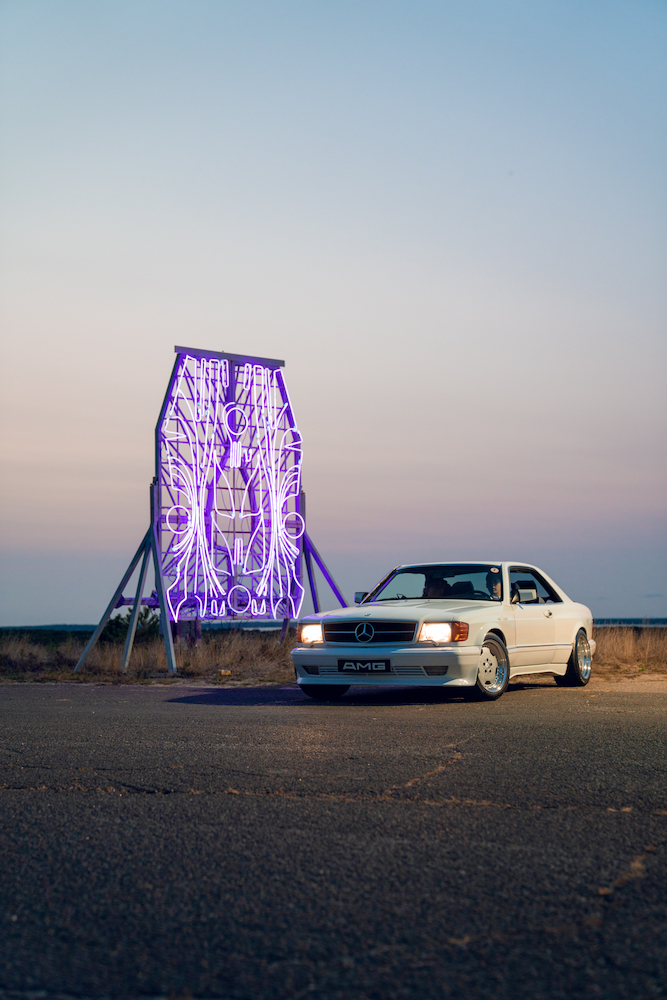From Rome to Tuscany in the Maserati GranTurismo
During a sunny May weekend in Rome, a purring fleet of Maserati GranTurismo sports cars rolled past Circo Massimo. The visual juxtaposition of ancient and contemporary was striking, with bright, shiny metal zooming past relics poking up from the ground. Around the bend, in single file, the cars coasted down a narrow street and up to the Rhinoceros Hotel, greeting a small group of journalists that were ready to drive. Whitewall was in attendance, eager to see where adventure led.
Over the next two days, we took turns driving six cars: two GranTurismo Folgore electric vehicles, three GranTurismo Trofeo internal combustion engine models, and one make of the GranTurismo Modena. Accompanied by professional drivers and the Maserati GranTurismo engineer, Davide Danesin, we were also treated to time with the automaker’s chief design officer, Klaus Busse. From Rome through Tuscany and into Modena, we ended the road trip in Maserati’s headquarters. There in the town square with Lambrusco in hand, we concluded our trek around the first Maserati GranTurismo A61500 ever created in 1947, toasting to the brand’s history, evolution, and automobile expertise.
Days before traveling to California to participate in the Monterey Car Week, Busse reconnected with Whitewall about the legacy, logistics, and culture he considers when designing Maserati cars.
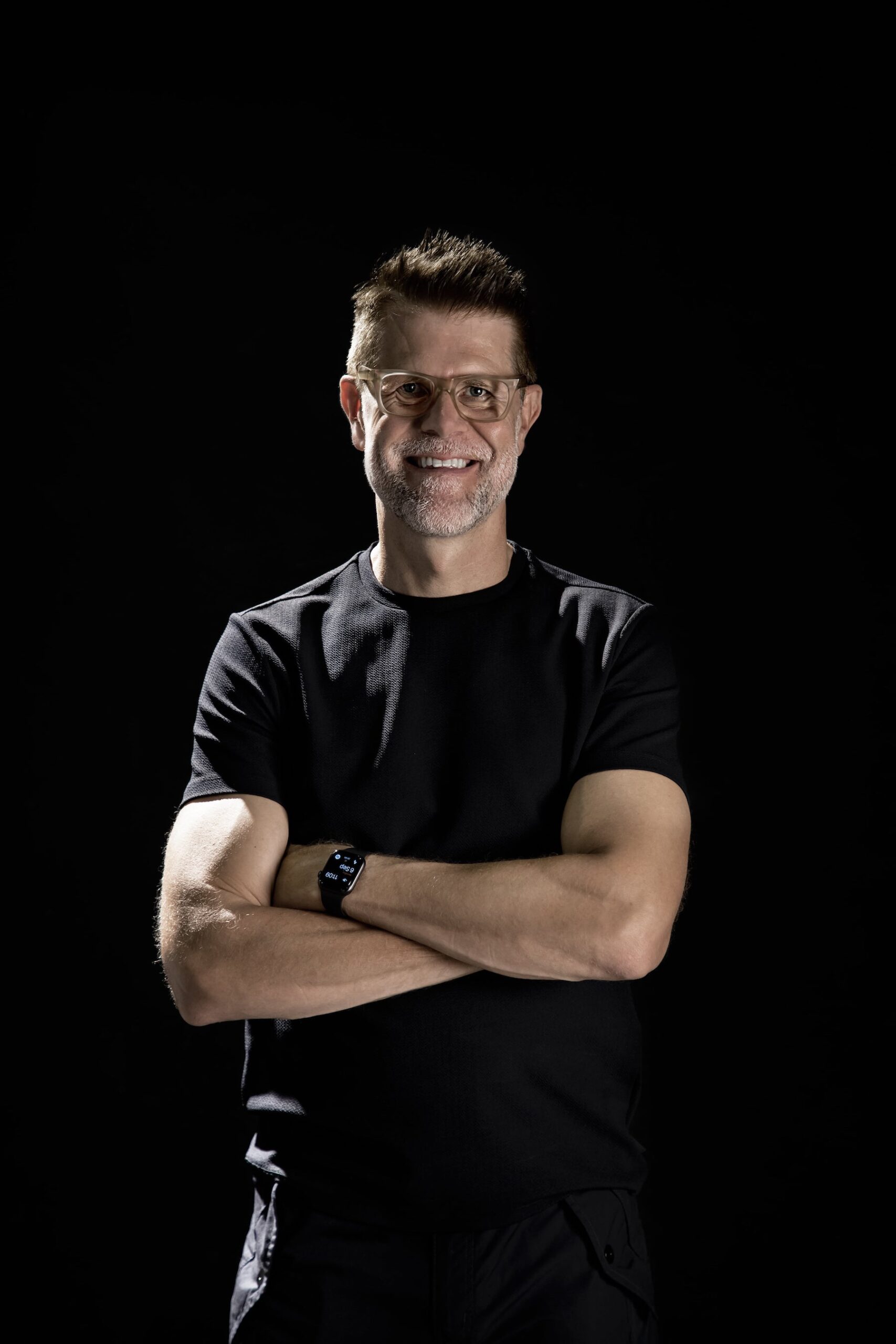
Klaus Busse, portrait courtesy of Maserati.
Automotive Design is an Art Form with Maserati
WHITEWALL: Over lunch at Osteria di Passignano, I watched you sketch a car on a napkin. People often forget that a designer is a creator, much like an artist, who starts from an idea and a sketch. How do you approach designing something like a car?
KLAUS BUSSE: Let’s start by the obvious—Italy. The first thing we consider is “How do we represent this beautiful country?” I believe that Italy is the world’s most valuable brand. No matter where you go on this planet, you say “Italy,” and people start dreaming. They have positive associations.
On top of that, Maserati is a brand with a lot of legacy. It’s a brand born from racing innovation. How do we represent that point? And how do we help elevate the brand?
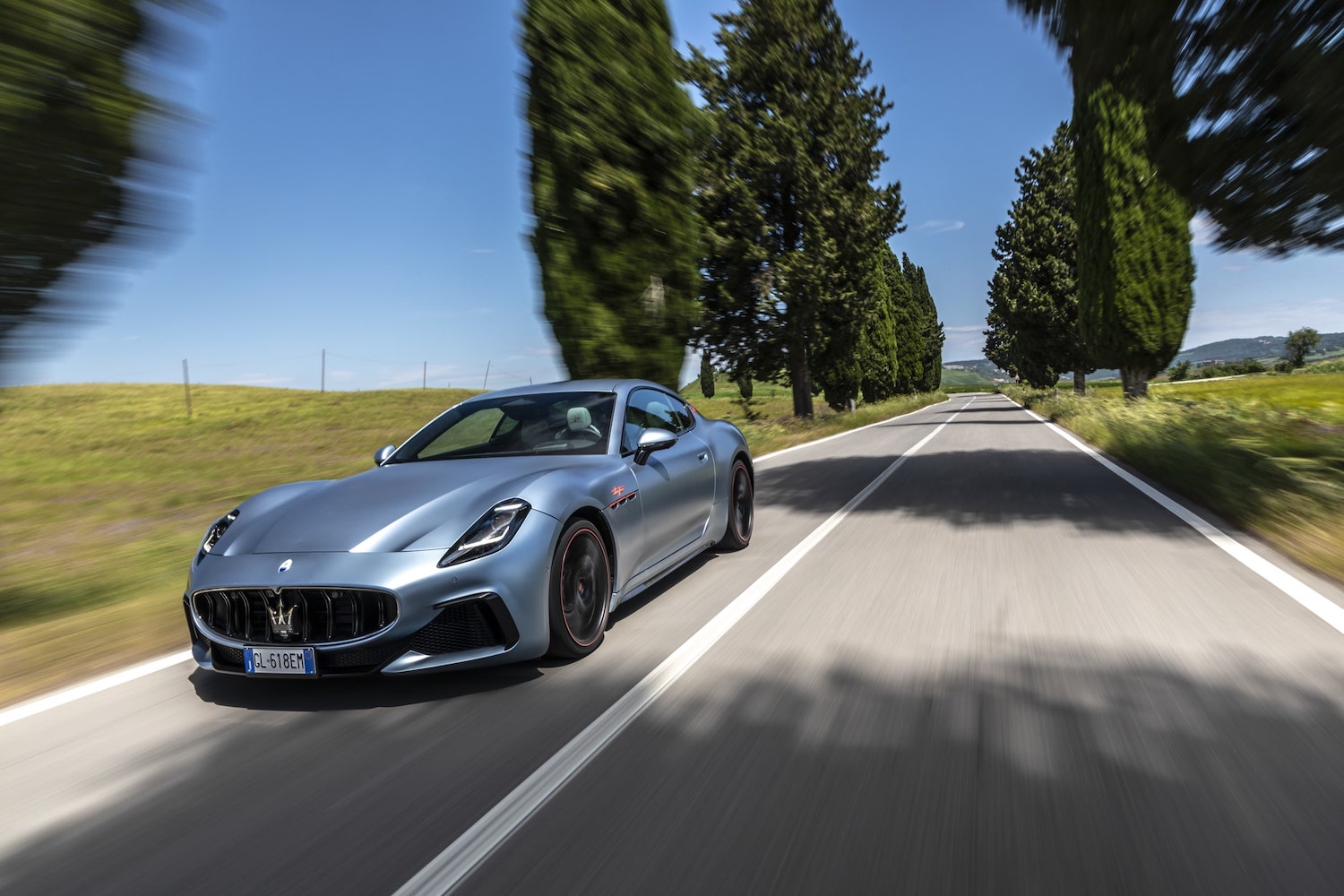
Courtesy of Maserati.
WW: Cars have moved from status symbol and collector’s item to an economical or environmental statement-maker. How are you approaching design to consider all these consumers?
KB: I see them as three groups. The first group of products will just get you from A to B. You close your eyes, you think of it. You’re probably in a traffic jam. The second group of products is about perfection. The non-automotive product would be Apple. It doesn’t necessarily have a dream or soul attached to it, but it does everything extremely well. Then there’s a third group. This is the precious group in which we operate. You close your eyes, I say the name “Maserati,” and something happens in your head, right? It will remind you of the people you’ve met, the wonderful places you’ve been to.
That’s what we need to convey. We are in this beautiful tension of delivering something that’s extremely innovative based on our rules, born from racing, and what we owe to the customer in terms of perfection and engineering quality.
At the same time, we’re giving you a dream. On one hand, that’s the Italian dream. But it’s also the dream of this kind of allegria. It’s the lightness of life. If between boredom and ecstasy, we’re closer to ecstasy.
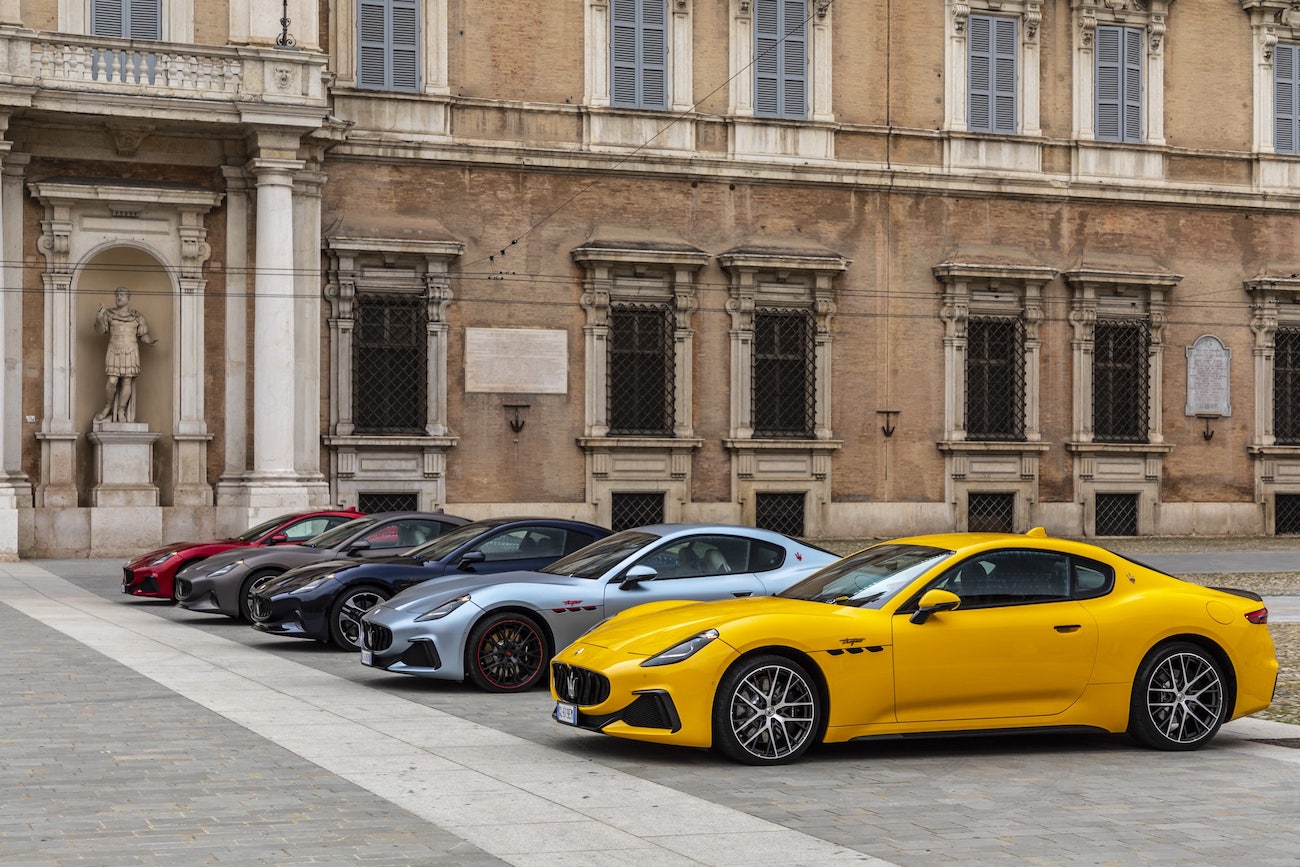
Courtesy of Maserati.
WW: When approaching a new car for today’s customers, what do you consider in terms of design details? How do electric models play into that evolution?
KB: The design approach to all cars is from the starting point, the most important part, of how the car performs. And then it’s important that it looks beautiful. But we do have some slight variations. The MC20, for example, can be on the track, but it will mostly be on the road. So there are slightly different things that we consider. Then, the proportion. My team and I started looking at electrification, and that type of proportion, the day I walked into the door of Maserati eight years ago.
We took a video of an old A6GCS rolling through the streets of Brescia. We killed the sound, we played classical music, and we thought, “Oh wow, this is so powerful.” It became not only a rolling sculpture but a rolling sculpture that arrives in silence. Then, we all lived through the pandemic—these moments of silence in our cities. And you appreciated that. Suddenly, cars came back, and you could hear cars from five minutes away. Of course, that also means environmental impact.
It ties it all back together for Maserati with the insane performance that the electric car delivers, and the accessible performance. The engineers have done an amazing job with the software
and the packaging, and to do it in a way where 750 horsepower is not intimidating you. Maserati is a very, very complex animal with a lot of attributes, but all this ties back together to show you that we really have this, I dare to say, perfect package.
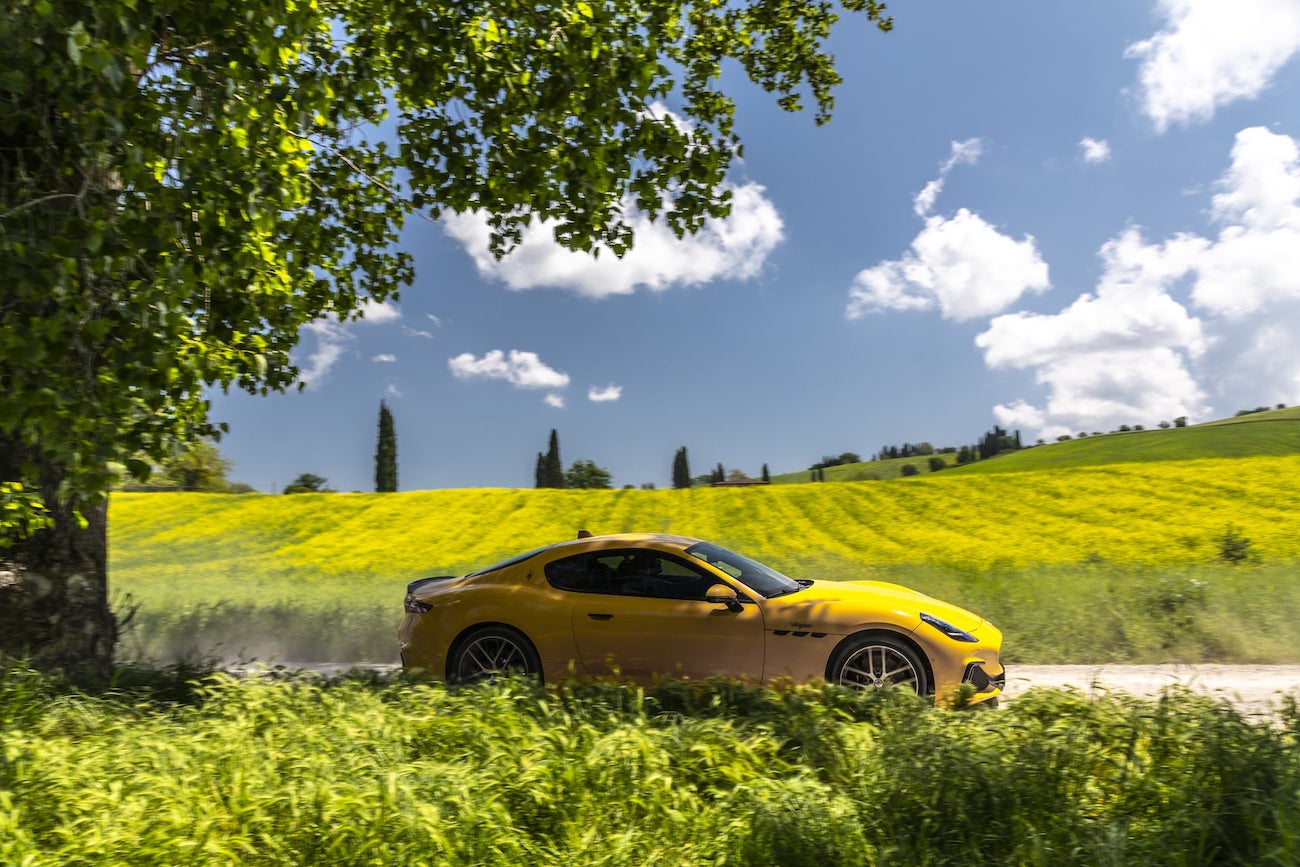
Courtesy of Maserati.
Maserati’s Multigenerational History Evolves with Culture and Society
WW: Maserati is a multigenerational brand, and that means different things to different people. What does it mean to you?
KB: I grew up in a time where cars were angry, and they looked and felt kind of brutalist. The sound of the name “Maserati” and the trident, the weapon of the mythical god—that for me was this kind of Italian bad boy. I loved it. There was always a little bit of leather jacket in the brand. But after working with and learning about the brand much more, there are other aspects. The current cars represent the Maserati that I see by definition. What is always important to us is this, and it makes the cars generational. We also always try to understand where we are with society and culture, in a world with ups and downs.
WW: You design with both Maserati’s heritage and the future in mind. Where do you think the car industry is heading?
KB: We are potentially in front of a new door. A great example is this dramatic change in automobile design from the sixties to the seventies. In the sixties, the cars were sculpted. In the seventies, you saw cars had a completely different shape vocabulary. One of it was package. The engine was not in the front anymore—it was in the back, which gave a completely different silhouette. Windows that went into the door were now curved. It goes on.
We have a new technology in terms of physical technology with electrification, and we have new creative tools. Design technology has gone from handcrafted to Photoshop. Right now, we have special potential—and maybe a once-in-a-generation or lifetime moment—for this to happen again by going electric. This allows different packages, and by opening the door of AI. We’re a long time away from AI designing our cars, but it’s another tool that can multiply the creativity and possibility of the designer. It will also further challenge our need for self-curation.
Potentially, we’re going to see the look of cars change quite dramatically. I don’t think anyone is ready to talk about what it will be, and if any of what is happening around the world has the legs to become truly generational, like the seventies were. But I expect something dramatic to happen in the next 10 to 20 years.
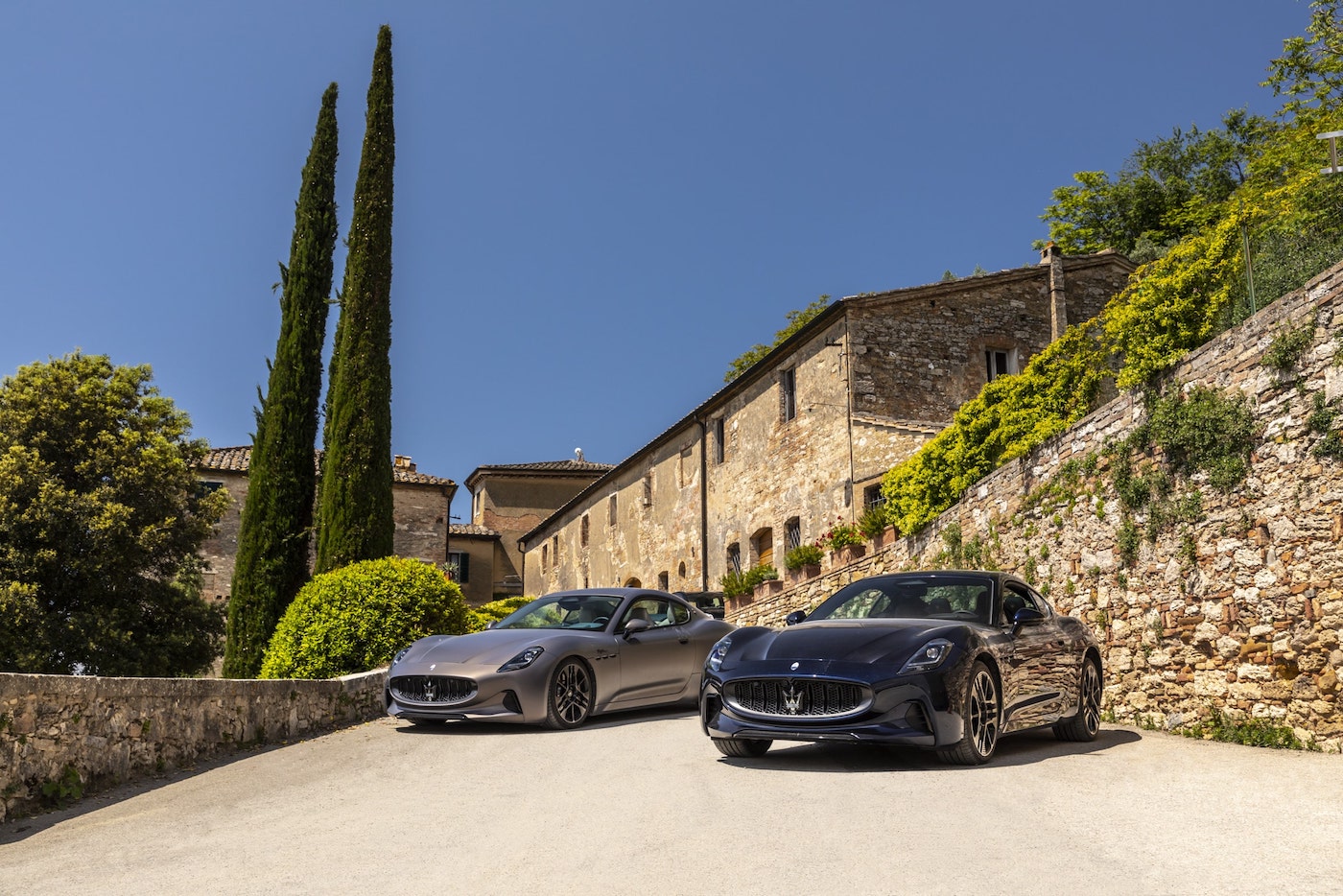
Courtesy of Maserati.
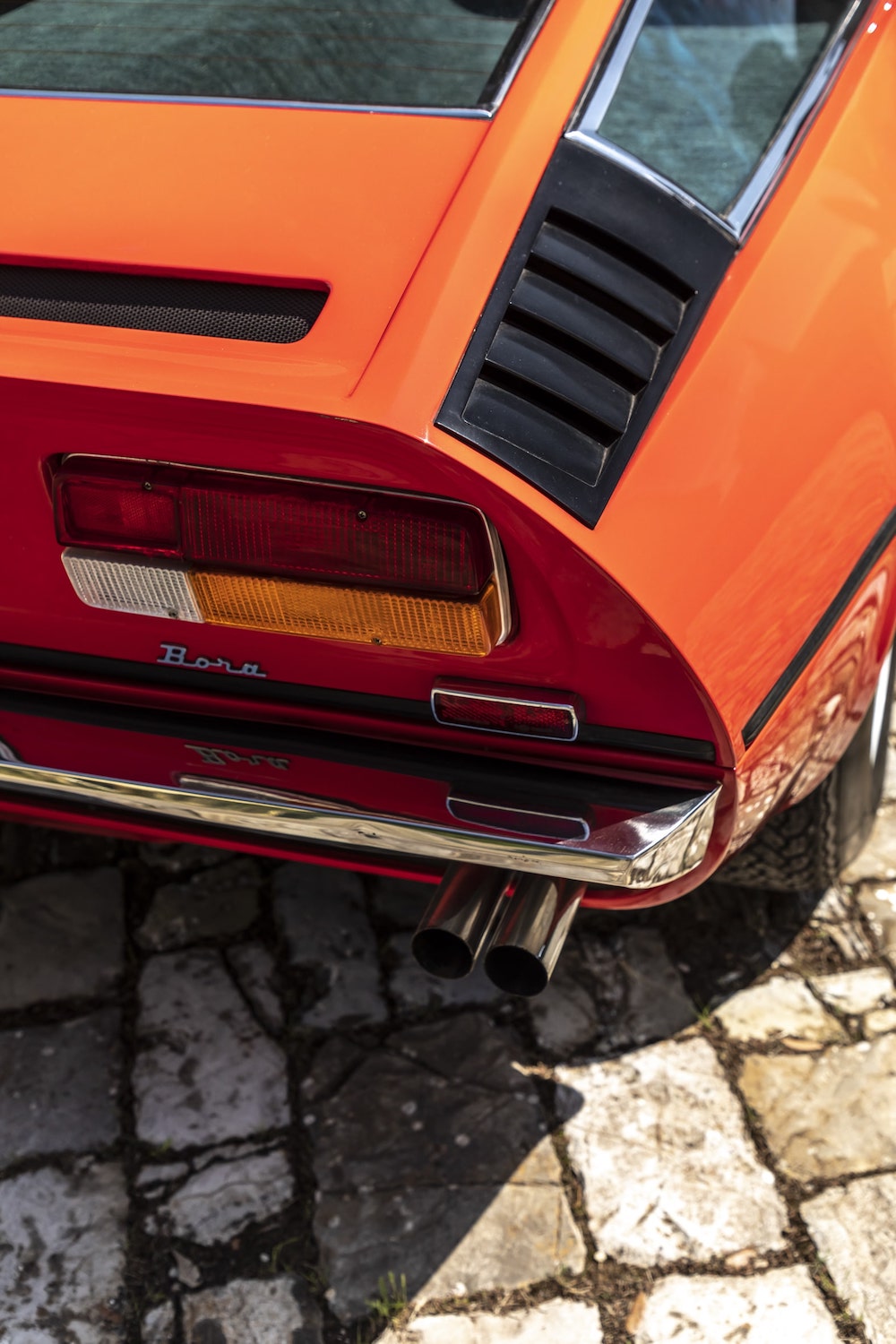
Courtesy of Maserati.



